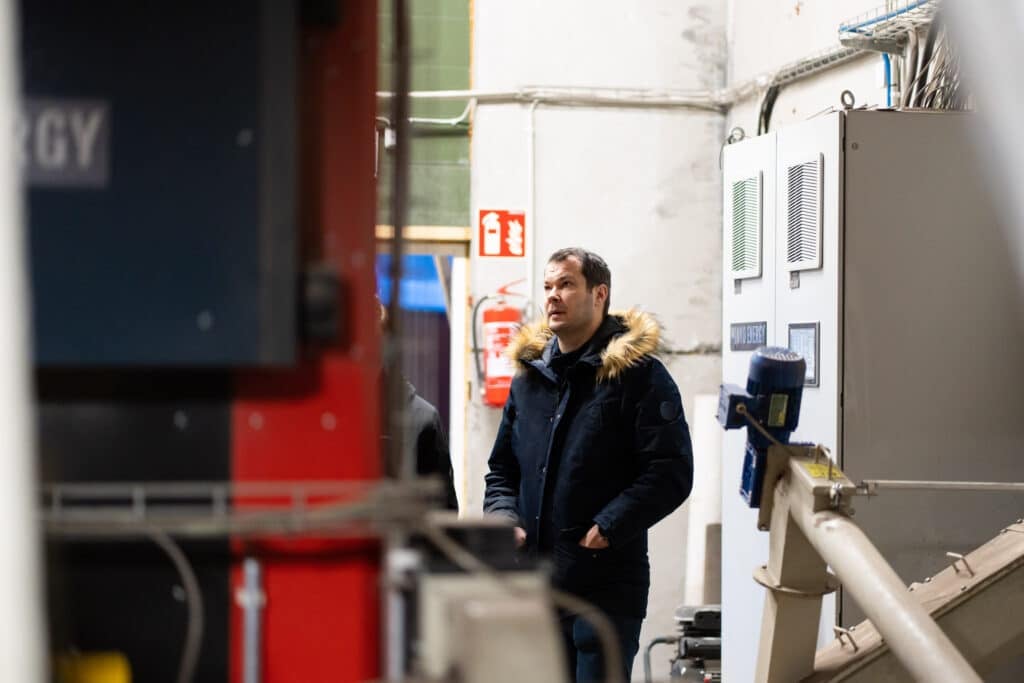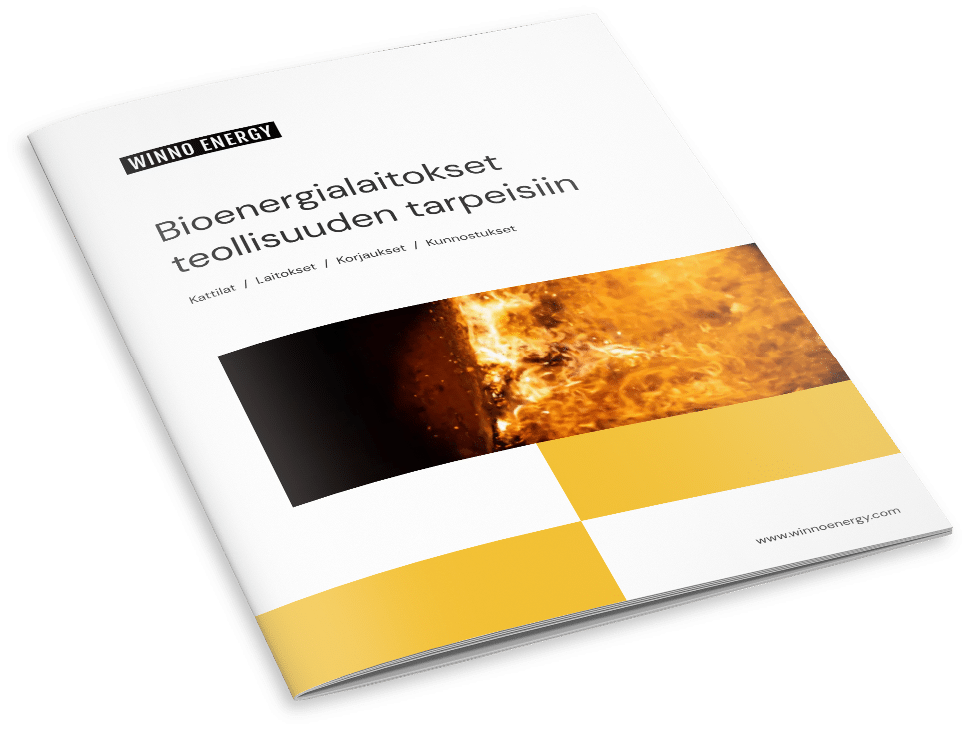Renewable energy is a popular topic right now. This is because climate change is a big problem and we need to switch to sustainable energy sources. But what is renewable energy exactly? And how does it work?
In this article, we’ll cover the basics of renewable energy. This includes what it is, how it’s made, and why it’s important for the future of our planet. Whether you’re a student, a homeowner, or just someone who cares about the environment, understanding renewable energy is important today.
What Is Renewable Energy
Renewable energy comes from sources that replenish naturally, like sunlight, wind, and hydropower. These sources are renewable because they’re always available and can be used without depleting the Earth’s resources.
For example, solar panels turn sunlight into electricity, wind turbines create energy from the wind, and hydroelectric dams use flowing water to generate power. Using renewable energy helps the environment by decreasing greenhouse gas emissions, air pollution, water usage, and overall environmental impact. It also reduces reliance on fossil fuels, lowering the risk of disasters like oil spills and coal mine accidents. Transitioning to renewable energy can lead to a cleaner, more sustainable future.
Types of Renewable Energy
Sun Power: Solar Energy
Solar energy is a great renewable power source. It’s clean and sustainable, reducing greenhouse gas emissions and environmental damage. Solar panels capture sunlight and turn it into electricity, which can power homes, businesses, and communities. Solar energy can be used for heating water, generating electricity, powering outdoor lighting, and charging batteries.
It’s an eco-friendly and cost-effective energy solution, helping people reduce their carbon footprint and transition to sustainable energy.
Blowing in the Wind: Wind Energy
Wind energy is a valuable contributor to the generation of renewable energy. It harnesses the power of the wind to produce electricity without burning fossil fuels or emitting greenhouse gases, making it a clean and sustainable energy source. Utilizing wind energy also offers numerous benefits such as reducing air and water pollution, conserving water resources, and creating economic opportunities through job creation.
However, there are challenges and limitations to consider when implementing wind energy technology. These can include the impact on wildlife, the need for large areas of land for wind farms, and the intermittent nature of wind. Despite these challenges, advancements in technology and ongoing research continue to improve the efficiency and reliability of wind energy, making it an increasingly viable and important component of the renewable energy landscape.
Water on the Move: Hydro Energy
Hydro energy, or hydropower, comes from the power of flowing water, often from rivers or reservoirs. It is turned into electricity by building dams to create a reservoir of water. This water can then be released through turbines to generate power.
Using water as a renewable energy source has several benefits. It is abundant and can be continuously replenished through the water cycle. Additionally, it is a clean and environmentally friendly energy source, as it does not produce greenhouse gas emissions or air pollution during electricity generation.
Some examples of major hydro energy projects around the world are the Three Gorges Dam in China, the Itaipu Dam in Brazil and Paraguay, and the Grand Coulee Dam in the United States. These projects have shown that hydro energy can generate large amounts of electricity to power homes, businesses, and industries.
Earth’s Warmth: Geothermal Energy
Geothermal energy comes from Earth’s warmth. It’s accessed by tapping into the heat beneath the Earth’s crust. This heat is brought to the surface and converted into electricity at geothermal power plants.
One way geothermal energy is used is through direct heating systems. Hot water from under the Earth’s surface is used to heat buildings or greenhouses. Another way is geothermal heat pumps, which use the stable temperatures below ground to heat and cool buildings.
The benefits of geothermal energy include reliability as a renewable energy source, minimal environmental impact, and a constant power supply. It also reduces greenhouse gas emissions and lessens reliance on non-renewable energy sources.
Plants as Power: Biomass Energy
Biomass energy comes from organic materials like plants, agricultural residues, and animal manure.
It’s made by burning these materials for heat or by turning them into biofuels like ethanol and biodiesel.
Plants play a big part in making biomass energy by turning their matter into fuel like wood pellets or biogas.
This process helps cut down on greenhouse gas emissions because the carbon dioxide plants absorb is released when they’re burned for energy.
Using plants for biomass energy also lessens our reliance on fossil fuels and helps manage agricultural and forestry waste in a sustainable way.
How Renewable Energy Helps the Earth
Clean Air and Less Pollution
Fights Climate Change
Renewable energy helps fight climate change by reducing greenhouse gas emissions. Wind, solar, hydro, and geothermal power are examples of renewable energy sources. To start using renewable energy, individuals and communities can invest in solar panels for their homes or businesses, or support wind energy projects by purchasing electricity from renewable sources.
Additionally, people can advocate for policies that support the expansion of renewable energy infrastructure and technology. Making the switch to renewable energy can help in the fight against climate change and reduce the impact of greenhouse gases on the environment.
Renewable Energy in Our Homes
Solar Panels on Roofs
Solar panels on roofs use the sun’s energy to make electricity for homes. This helps homeowners cut back on using non-renewable energy like fossil fuels, which lowers their carbon footprint. It also qualifies them for government incentives and rebates.
Installing solar panels on roofs offers many advantages for using renewable energy. Homeowners can save money on electricity and even earn extra income by selling excess energy. Solar panels need very little upkeep, making them a cost-effective and efficient choice for renewable energy.
To start using solar panels, homeowners should evaluate their energy needs and roof characteristics. Then, they should reach out to a good solar panel company to figure out the best type and placement for their situation. Finally, they can explore financing options like solar leases or loans to make the switch to renewable energy more affordable.
Small Wind Turbines in Backyards
Small wind turbines in backyards can help produce renewable energy. They can reduce carbon emissions and reliance on traditional energy sources. Also, they offer homeowners a more sustainable and cost-effective energy option. However, there are drawbacks to consider. These turbines might be noisy and need regular maintenance, which could worry neighbors and homeowners.
Practical considerations and potential obstacles include the need for enough wind, local zoning regulations, and homeowner association restrictions. Initial costs and installation space are also important factors to consider. Despite these challenges, small wind turbines can contribute to a greener environment and lower energy costs for homeowners.
Renewable Energy in the Community
The community uses renewable energy sources in different ways. They have solar panels on buildings, wind turbines in rural areas, and hydropower where there is water. Renewable energy is part of community infrastructure. They have electric vehicle charging stations, energy-efficient lighting and heating systems, and use sustainable materials in construction. This has benefited the local economy and job market.
It has created new jobs in the renewable energy sector, lowered energy costs, and attracted investment in clean energy. These efforts make the community more sustainable and resilient, reducing the need for non-renewable energy sources.
Jobs in Renewable Energy
There are different types of jobs in renewable energy, like solar panel installers and wind turbine technicians. Other jobs include energy auditors and biofuel production managers.
These jobs need technical, analytical, and problem-solving skills. A bachelor’s degree in engineering, environmental science, or a related field is usually required.
Communication skills, teamwork, and a willingness to adapt to new technologies are also important.
Renewable energy jobs are crucial for creating a more sustainable and eco-friendly future. They help reduce reliance on fossil fuels and minimize harmful emissions.
For example, solar panel installers set up solar energy systems to support the transition to clean energy. Wind turbine technicians ensure the efficient operation of wind energy plants.
As the demand for renewable energy grows, there are more opportunities for individuals to make a positive impact on the environment while pursuing a rewarding career in this field.
Big Renewable Energy Projects
Large-scale renewable energy projects, like wind farms and solar parks, are great examples of big renewable energy initiatives. These projects use natural resources to produce clean and sustainable electricity on a large scale, helping significantly in reducing greenhouse gas emissions and fighting climate change. Although the upfront investment and land needed for these projects can be substantial, the long-term benefits outweigh the challenges.
Big renewable energy projects generate job opportunities, boost local economies, and offer reliable power without depleting natural resources. Challenges include the fluctuating nature of renewable energy and public concerns about visual and environmental impacts. However, technological advancements and increased public awareness have made these projects more efficient and acceptable.
How to Start Using Renewable Energy
To start using renewable energy at home, individuals can take these steps:
- Conduct an energy audit to understand current energy usage and find areas for improvement.
- Make simple changes like using energy-efficient light bulbs, programmable thermostats, and better insulation.
- Install solar panels or a small wind turbine to generate electricity.
- Join community initiatives like shared solar programs to receive credits on utility bills for energy produced by a community-owned solar array.
When starting to use renewable energy in the community, it’s important to consider local regulations, available resources, and potential partnerships with local governments or organizations. These considerations can help ensure a smooth transition to renewable energy on a broader scale.
Wrapping up
Renewable energy sources, like solar, wind, and hydro power, are gaining importance to lower carbon emissions and fight climate change. They are abundant, eco-friendly, and can fulfill a big part of the world’s energy needs. Understanding their potential and limits is crucial for effectively incorporating them into our energy systems.
FAQ
What is renewable energy?
Renewable energy is energy that is generated from natural resources that are constantly replenished, such as sunlight, wind, and water. It is a sustainable and environmentally friendly alternative to fossil fuels.
What are the different sources of renewable energy?
The different sources of renewable energy include solar, wind, hydroelectric, geothermal, and biomass. Examples include solar panels for solar energy, wind turbines for wind energy, and water dams for hydroelectric energy.
How does renewable energy benefit the environment?
Renewable energy reduces greenhouse gas emissions, air and water pollution, and conserves natural resources. For example, wind and solar power do not release any air pollutants during operation and contribute to cleaner air and water.
What are the challenges of implementing renewable energy?
The challenges of implementing renewable energy include high initial investment costs, intermittent energy production, and the need for infrastructure upgrades.
For example, transitioning to solar power requires costly solar panel installation, energy storage solution for inconsistent production, and updated electrical grids for efficient distribution.
How can individuals and businesses use renewable energy?
Individuals and businesses can use renewable energy by installing solar panels, wind turbines, or geothermal systems on their properties. They can also purchase renewable energy from their utility company or invest in renewable energy credits.


